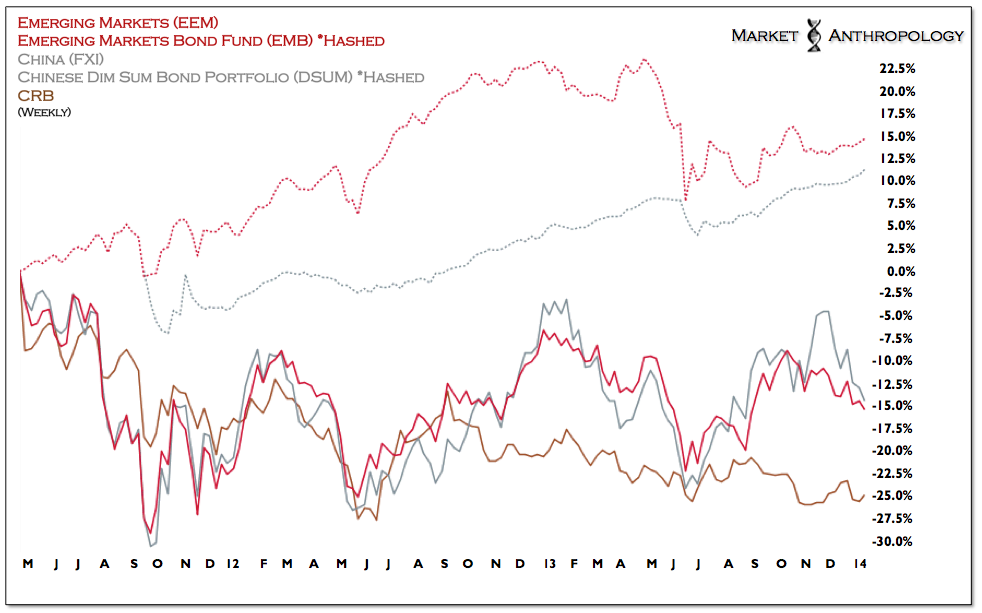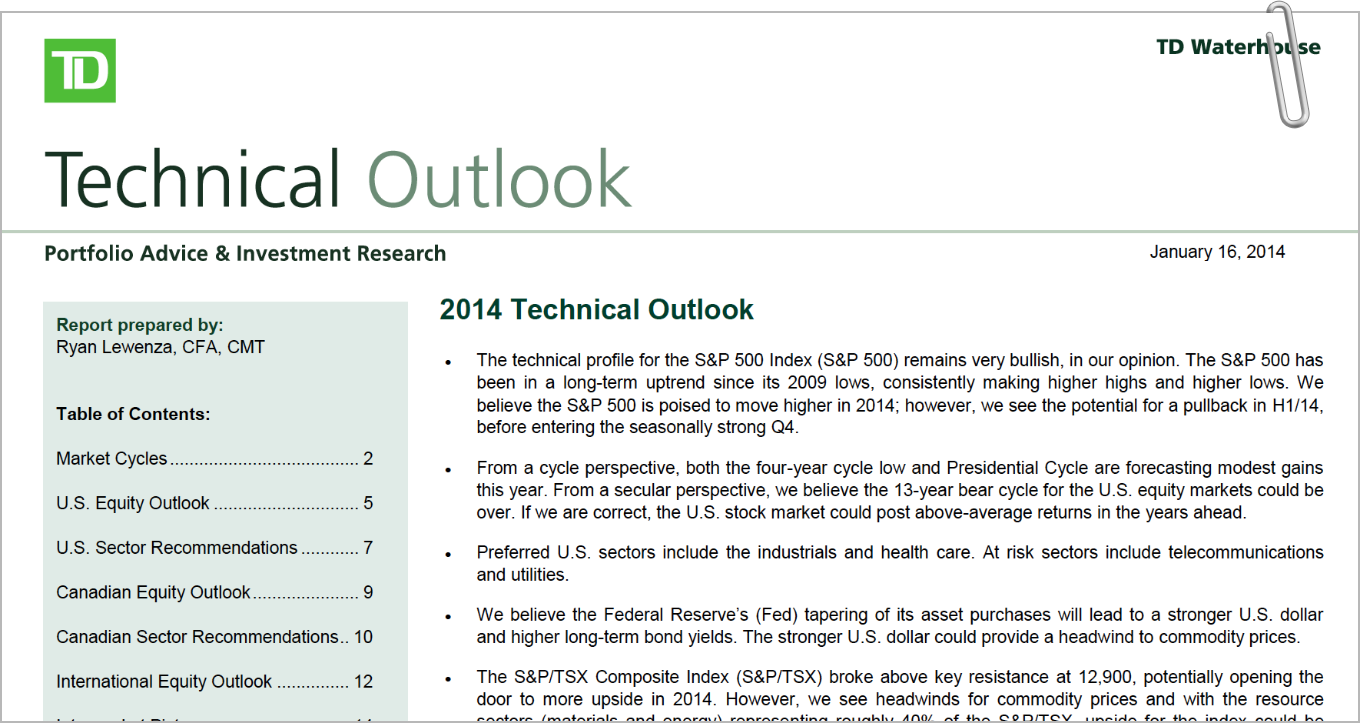Russ explains why investors looking to lighten up on last year’s winners should consider trimming exposure to U.S. small caps.
by Russ Koesterich, Portfolio Manager, Blackrock
Given the stellar performance of U.S. stocks last year, many investors are wondering if there are certain areas of the market where they should trim their holdings and cash in potential gains.
However, “taking profits” is easier said than done. For most investors, including myself, deciding when to sell is harder than deciding when to buy. Part of the problem is behavioral, as my colleague Nelli Oster has pointed out. We often refuse to acknowledge our mistakes, and ride a stock or fund down way too far.
There’s also another reason that deciding when to sell is difficult: While valuation matters a great deal in the long term, it’s a poor timing device. For anyone looking for proof, consider the last stage of the tech bubble.
The tech heavy NASDAQ first crossed the 2,500 threshold in early 1999, at which time it was already trading at more than 50x trailing earnings, up from 16x two years prior. However, while already overvalued at that point, the index would more than double over the next 12 months, peaking at above 5,000. (Nevertheless, while investors would have been frustrated for a year, selling early would not have been a bad thing).
And today, considering that markets, while expensive, are not at the extremes witnessed in 1999 or 2000, it’s even a bit more challenging to know what to sell. But while few broad segments of the market are at “bubble” levels, there’s at least one asset class that valuations and changing monetary conditions suggest investors may want to consider trimming: U.S. small caps.
1. Valuations. While small cap valuations today aren’t anywhere near the lofty levels witnessed during the tech bubble, small caps are expensive by most measures, both on an absolute basis as well as relative to large caps. U.S. small caps, as measured by the Russell 2000 Index, are trading at nearly 27x trailing earnings, double their valuation during the fall of 2011. The index is also trading at a relatively steep 50% premium to large-cap names.
2. Marginally less friendly monetary conditions. As I discussed above, valuation is a necessary, but insufficient, tool for making investment decisions. Investors also need to consider potential catalysts for a change in current performance trends. In the case of small caps, the catalyst for a turn may be the end of quantitative easing and higher real interest rates. In the past, small caps, a more speculative asset class, have been more sensitive to changes in monetary policy than large- or mega-cap names. When monetary conditions ease, small-cap valuations tend to expand. In contrast, when monetary conditions become less accommodative, as is happening today, small-cap multiples tend to contract.
To be sure, none of the above suggests that small caps can’t continue to gain or that investors should sell all their holdings. That said, a combination of stretched valuations and marginally less monetary accommodation implies that small caps may not repeat last year’s outperformance. In short, for investors looking for a place to trim, small caps may be a good place to start.
Russ Koesterich, CFA, is the Chief Investment Strategist for BlackRock and iShares Chief Global Investment Strategist. He is a regular contributor to The Blog and you can find more of his posts here.
Sources: Bloomberg, BlackRock research
Copyright © Blackrock
















